Android Phone Fans |
- Google hires former Apple evangelist Guy Kawasaki to help turn around Motorola
- AT&T engages in ironic marketing spat with T-Mobile
- Acer’s next phone to be quad-core phablet
- Rovio, Dreamworks team up to bring official “The Croods” game March 14th [VIDEO]
- Verizon readying new update for Galaxy Nexus, could it be Android 4.2?
- Patent wars: America Invents Act
- Here’s how JetBlue would put Google Glass to use
- Sony’s Xperia C670X flagship gets specced, features 1.8GHz Snapdragon 600
- AT&T Sony Xperia TL receiving Android 4.1 update
- Best of Mobile World Congress 2013
- Android devices rank high on iFixit’s tablet repairability list, Apple at bottom
| Google hires former Apple evangelist Guy Kawasaki to help turn around Motorola Posted: 01 Mar 2013 11:09 AM PST In an effort to save the sinking ship that is Motorola Mobility, Google could be enlisting some help from author/motivational speaker Guy Kawasaki — a turncoat once known for being the Apple evangelist for many years, only to switch over to “Team Android.”
Apparently, Guy will be taking on more of an “advisory role” with the company, focusing on key areas as product design, user interface, marketing and lastly, social media. To kick things off, Mr. Kawasaki has created a Google + community for mobile device talk and while the focus isn’t necessarily that of Moto devices, you can bet he’ll use some of these ideas to help with the rumored Motorola X Phone he’s more than likely already working on. As for Motorola, they need all they help they can get. Their current track record had them continually posting operating losses in 2012, so Kawasaki definitely has his work cut out for him. What do you guys think? Can Guy really turn around things for Motorola? What key areas does Motorola need help with before you’d purchase one of their products? [Google+] |
| AT&T engages in ironic marketing spat with T-Mobile Posted: 01 Mar 2013 11:03 AM PST Well, this is quite interesting. It wasn’t that long ago that AT&T and T-Mobile were all buddy-buddy as the former tried to swallow the latter up in a major (but eventually failed) acquisition deal, but it looks like the status quo has been restored. AT&T has released a new newspaper ad — with full-page spaces in the New York Times, Wall Street Journal, and USA Today — showing “the truth about T-Mobile’s network” compared to its own. AT&T notes how T-Mobile has twice as many dropped calls, twice as many failed calls, and 50% slower data then its own network. AT&T’s data claims might be a tad substantiated considering the growing 4G LTE network it’s building, but those claims won’t last long as T-Mobile is just about ready to build out its own. And we’re not sure what AT&T’s basis for the claims of dropped and failed calls are, but it assures us its data has been backed up by independent, third-party testing. The fact that AT&T is attacking T-Mobile head-on isn’t too shocking — after all, the wireless industry here in America has been known to be quite nasty when it comes to marketing. We’re just surprised AT&T was so blunt in this particular campaign after it had nothing but praises to shower on the fourth-largest US carrier while the two were still in bed. I guess that just goes to show that you’re only friends in business when you really, really want something. [via Bloomberg] |
| Acer’s next phone to be quad-core phablet Posted: 01 Mar 2013 10:41 AM PST Acer didn’t have much of note to show off at Mobile World Congress. We had a chance to check out previously announced models like the Acer Liquid E1 and Acer Liquid Z2 and a new budget-friendly tablet, the Iconia B1, but a true flagship was not present. Turns out Acer is following the lead of other manufacturers and experimenting with the phablet category, as revealed by an executive at MWC. The phone, the Acer Liquid S, will be sized in that range and utilize a quad-core processor. The specifics are unclear, but we can assume we’re dealing with something in excess of 5 inches. When we can expect an announcement is unclear, as well. Acer has been known to release a few pretty nice designs here and there, so there is hope we could get something unexpected here: a truly premium device from the brand. [via GSMArena] |
| Rovio, Dreamworks team up to bring official “The Croods” game March 14th [VIDEO] Posted: 01 Mar 2013 10:19 AM PST Rovio has just announced its involvement in the development of a new official mobile game for Dreamworks Animations’ “The Croods.” It’s an animated film that follows the story of Grug, a caveman from the prehistoric era. An earthquake ravaged the poor man’s home, unfortunately, and he has to set out to find a new place for himself and his family to settle. The developers, of Angry Birds fame, gave us a quick teaser for the game letting us know that we’d be partaking in the experience starting March 14th. The film won’t even be out in the United States by then (it got a head-start premier in Berlin) so you’ll have a good chunk of time to get familiar with the Croods’ universe before heading to theaters. Unfortunately, the trailer doesn’t show us what, exactly, to expect from gameplay. We’ll be reaching out to Rovio to see if we can get a beeline on what sort of game this will be. Regardless, if you’ve been looking forward to this film we’re sure you wouldn’t mind playing anything they throw at us. Watch the quick teaser for yourself above. |
| Verizon readying new update for Galaxy Nexus, could it be Android 4.2? Posted: 01 Mar 2013 10:14 AM PST Verizon’s Twitter support handle dropped some interesting news in a response to one curious customer. Apparently a new update is almost ready for deployment by Samsung, but there is little to tell us what we might expect. The wishful thinkers among us will hope for a build of Android 4.2 or higher, bringing the Galaxy Nexus in line with its other Nexus brethren. For now, there is no way to tell if we will be seeing a minor bug fixer or something a bit more substantial. “Soon” is a relative term, so that could mean any indefinite amount of time in the future. Nexus owners are no doubt frustrated at Google’s seeming insistence on neglecting the Verizon LTE version of the phone. Whether that has to do with their relationship with Verizon, or more with the hardware they are dealing with isn’t quite clear. [via DroidLife] |
| Patent wars: America Invents Act Posted: 01 Mar 2013 10:04 AM PST A long, long time ago, in the world we currently live in, the United States Patent and Trademark Office (USPTO) was established. For 60 years, it has ruled over the mostly unchanged laws of all patents concerning the United States of America. On March 16, 2013, everything will change (sort of). Remember last year when news came out that the USPTO had ‘rejected’ all claims of the Apple “pinch to zoom” patent, and concluded that all 20 claims of Apple’s “rubber-banding” (or over-scroll bounce) patent were invalid? How about when the famous Steve Jobs patent for ‘touchscreen heuristics’ was tentatively invalidated? All three of those rulings flowed from changes introduced with the Leahy-Smith America Invents Act, yet most people do not even know what it is and why it should matter to them. America Invents Act: part 3 – A new hope?On September 16, 2011, the Leahy-Smith America Invents Act, Pub. L. 112-29 (AIA), was signed into law. The USPTO even prepared an in-depth resource guide on it’s implementation, in addition to an educational tour around the country to talk about it. Formerly known as the Patent Reform Act of 2011, it put in place changes that would take place over the course of 18 months, with the third and final installment in March of this year. When introduced, the AIA was widely praised as the first major overhaul to the U.S. patent system in almost 60 years. Theoretically, this would make an idea-to-invention-to-business 3 times faster! The AIA also reduces the current patent application backlog by almost 100,000, increases patent quality, and reduces the costs of patent litigation (trolling); all while harmonizing the U.S. patent process with that of most of the world’s other developed countries. The bulk of these changes will be tested once March 16 arrives and the following are implemented:
A simplified list of all the changes introduced by the AIA can be found here and the USPTO has just published their final examination guidelines governing the first-inventor-to-file system on February 13, 2013. However, the only one on the list that concerns phandroids would be the ‘first-to-file’ system. Is it a red herring?In the current first-to-invent system, a person who wants to own a patent has to first invent the product in question. The inventor must have the actual product made before even starting the application process, then prove that concepts in the application do not already exist in the real world. This was very time consuming, which ultimately lead to applications getting backlogged. The first-to-file provisions change a founding principle of patent law in the U.S. by rewarding patent filing date, and not the date of invention, as the basis for securing the right to a patent. A hidden problem within the new move to have a similar filing system as the rest of the world is that the AIA greatly expands the scope of materials qualifying as ‘prior art’ against the claims of a U.S. patent or patent application. Compared to existing law, there will be no geographic restriction to prior art, a.k.a. a patent in Uganda can and will affect a pending patent application in the U.S.A. This shift is not the game-changer some make it out to be. While the current system is time consuming, it provides an equal playing field for all inventors, big or small. First-to-file will actually put small and individual inventors at a disadvantage. The invention process is rarely inexpensive. Small and individual investors often lack the funding at the end of the development process to speed their new intellectual property into a full patent applications ready for filing. First-to-file does not change that, but instead puts that step in front of everything else, thus inhibiting the movement of new inventions to market, as the application process will need to be completed prior to presenting the idea to manufacturers or investors who may have the funding. Bigger and older corporations win out with the new AIA implementation and they know it. Microsoft was one of the first, if not the first, major corporation to support the AIA since the beginning. The other well known corporations are: General Electric, Caterpillar, IBM, BP, Dow Chemical, PepsiCo, and Procter & Gamble. Fear not, because there are some companies that did not support the AIA when it was first introduced. Although these younger ones still support the act’s change to first-to-file, they believe that the AIA’s changes to the patent dispute process would “increase the time and money spent on lawsuits that could be spent on the development of new technology.” The evidence supports this: In 1990, when Canada shifted to first-to-file, there was a 26% decrease in small/individual investor share after implementation. With first-to-file, investing in small startups may be riskier. These young crusading companies for the smaller inventors are: Google, Oracle, Yahoo, Dell, eBay, and Apple. The mobile world and patent trollsThis new first-to-file system only increases the madness that has already engulfed the technology patent wars we all know and loathe. Take for example that even as we are less than a month away from this third phase being in effect, a company such as Apple has already gone crazy with it’s own patent filings. The aggressive patenting stance that companies take now will not be changed because of the AIA, but it will be amplified. A former Apple lawyer has said in an interview, that, “even if we knew it wouldn’t get approved, we would file the application anyway. If nothing else, it prevents another company from trying to patent the idea.” And with the AIA’s shift to the new system, this is the reality and no longer crazy talk. On the software side, unfortunately, the AIA does not affect the way those patents are handled in the U.S. In fact, nothing new has been addressed since the June 2010 U.S. Supreme Court decision in Bilski v. Kappos, where it ruled that, at least in principle, business method patents are patentable subject matter under the definitions of “processes” and “methods” found in the code and that “federal law explicitly contemplates the existence of at least some business method patents.” It stands to reason that the AIA’s effect on the mobile world is nonexistent to pure negative and until the laws affecting mobile technology actually gets a real makeover, no amount of fancy words signed into law will matter. The AIA has already curtailed patent trolls from mass litigations. This was done by making it impossible for patent trolls to bring a patent infringement litigation against dozens of defendants, sometimes well over 100 defendants, in a single infringement action. The famous U.S. District Court for the Eastern District of Texas no longer aids the extortion of defendants by patent trolls after the first phase of AIA was implemented on September 16, 2011. It is true that corporations will have an easier time smashing patent trolls through the courts, but the system still does little to deter trolls from filing bad patents in the first place, despite the AIA including supposed ways for inventors to avoid litigation. Just another phantom menaceWhile the first-inventor-to-file system is a significant change, patent practitioners and potential patentees must remember that not everything has changed. First-to-file patenting strategies (early and often) are not new for U.S. applicants, since commercial markets are worldwide and most companies already file outside of the United States. The AIA does not really fix anything, and in some instances only makes things worse. This is not only about ‘rushing to the Patent Office’, but also about how investors must assume they would need to make larger investments per startup in order to ensure adequate resources for accelerated reduction to practice (Larger firms with ample resources have timing advantage over less resourceful inventors). The first-to-file system rewards companies with resources to file many patents quickly and the post grant review implies that you should monitor every patent issued and challenge them within 9 months (from under your bridge-like accommodations). Ultimately, the core process does not change much because in order to be awarded a patent, one must still be an inventor, no matter how vague it is defined. You cannot learn of an invention now, or under the America Invents Act, beat the inventor to the Patent Office and get a patent. Inventors must contribute conception, and stealing from another provides no conception to support awarding a patent. Do you think this new set of rules affecting the patent wars was necessary, or are we poised to make another 3 part change in the future to correct this one?
[The public may contact the AIA Helpline at 1-855-HELP-AIA or the AIA Email at HELPAIA@uspto.gov for answers to any AIA related questions, or for more information and links : the U.S. House of Rep. Committee on the Judiciary.] |
| Here’s how JetBlue would put Google Glass to use Posted: 01 Mar 2013 09:58 AM PST I’m sure we’ve all thought about what we’d like to use Google Glass for if we actually had a pair for ourselves. Personally, the gamer and geek in me would be elated to have an app that would point out Ingress portals and energy sources to control (and since we’re dreaming, perhaps it’d let me take an energy source simply by looking at it, too). Well, us enthusiast users aren’t the only ones with big dreams for Google Glass. JetBlue participated in the #ifihadglass hashtag on Google+ and showed its vision of what Google Glass could be useful for. The mock-up showed a user looking at an airport parking garage, and the app spit back information about how full the garage was so a user can know if they’ll have a parking spot before entering. It definitely sounds like something that could work beautifully as long as it hooks up to JetBlue’s tracking system to get updates on garage activity in real time. Other use cases included the ability to show users how many wall outlets are available for charging devices, displaying flight information such as arrival time and delay status, showing you where your baggage will come from, how long it would take, and directions to get to the right carousel, and a quick estimate of how much your taxi fare would be and how long it would take to get to your destination. This sort of open-ended thinking is what has many of us excited about Google Glass and the unique possibilities it brings, and it’s why we at Phandroid couldn’t be any more excited to have a crack at the units whenever they become available. How would you use Google Glass if you had a pair? Share your thoughts in the comments section below!
|
| Sony’s Xperia C670X flagship gets specced, features 1.8GHz Snapdragon 600 Posted: 01 Mar 2013 06:01 AM PST With the Sony Xperia Z flagship still fresh off its unveiling at CES in January, we are hearing our first whispers of what could possibly be the company’s next flagship. According to the latest report, the Sony Xperia C670X could push a Snapdragon 600 processor at 1.8GHz with 2GB RAM and 32GB of internal storage. The Android 4.2 handset would be unique for a high-tier smartphone these days. Rumors say it won’t be another 5-inch+ smartphone (like the pictured Xperia Z), but rather one measuring closer to 4.8 inches with 1080p resolution. A 13 MP camera would handle the photo snapping work. Whether rumor or fact, the specs seem to be about what we expect from this sort of hardware these days. But Sony typically offers great design and build quality, making us eager to get our first look at the phone. When that will, that’s any one’s guess. [via TechCrunch] |
| AT&T Sony Xperia TL receiving Android 4.1 update Posted: 01 Mar 2013 05:52 AM PST AT&T’s Sony Xperia TL is getting its taste of Jelly Bean just a few weeks after its international counterpart, the Sony Xperia T, received the new software. According to users over at XDA, the update is now appearing via Sony’s PC companion software for installation via sideloading. Users can expect a smoother software experience with the addition of all the Android 4.1 trappings, including Google Now. Sony has added an “extended battery mode” and the camera gets HDR functionality. In terms of tweaks and bug fixes, the update offers better stability when using WiFi. No word on if the update is rolling out over the air, or if it will in the future. For now, if you have the PC app you should be able to perform the upgrade with little hassle. [via UnwiredView] |
| Best of Mobile World Congress 2013 Posted: 01 Mar 2013 05:39 AM PST Mobile World Congress has come and gone, and though it wasn’t as exciting as years past, there was plenty of cool new kit to check out. From dual-screen concepts to 7-inch smartphones, manufacturers got creative this year as advancements in hardware specs have stalled. If you missed any of our coverage from the past week, here is a list of must-see first looks at the latest Android gear. YotaphoneWe didn’t have high hopes for the Yotaphone, but after a short demonstration we were sold. This dual-screen phone with a standard LCD as well as eInk display stole the show. Samsung Galaxy Note 8.0Samsung continues to grow their Note lineup, this time with an 8-inch form factor. The Samsung Galaxy Note 8.0 is everything you would expect from the S Pen-driven slate, and it makes calls, too. ASUS FonepadSpeaking of tablets that make phone calls, ASUS debuted their Fonepad, a 7-inch hybrid smartphone/tablet. They also showed off the ASUS Padfone Infinity. Sony Xperia Tablet ZSony gave us our first proper look at the Xperia Tablet Z, a device built with the same design-minded quality as its counterpart smartphone. Simply one of the most beautiful Android tablets we have ever seen. NEC Medias WNEC had their own dual-screen smartphone to show off, the Medias W. Similar to previous folding, dual-display smartphones, the NTT DoCoMo-bound handset pulls if off better than any before. LG Optimus G ProLG had plenty to show off, but perhaps the most impressive was their Optimus G Pro. A 5.5-inch powerhouse, LG should make a strong push with this one. *** Check out all of our coverage from this year’s show and let us know what you’re most looking forward to in the comments below. |
| Android devices rank high on iFixit’s tablet repairability list, Apple at bottom Posted: 01 Mar 2013 04:20 AM PST iFixit has ranked top tablets by their repairability, and the results were positive for Android. Apple’s iPad line, however, took the opposite honors. While Dell’s XPS 10 Windows slate took top accolades, second place belonged to the Android-based Amazon Kindle Fire. The now ancient Dell Streak tied with that device, as did the Motorola Xoom and Samsung Galaxy Tab 2 7.0. Repairability was ranked based ease and cost of repair, as well as the availability of an easy-to-attain service manual. The lowest ranked Android tablets were the Google Nexus 10 and Amazon Kindle Fire HD 8.9, but neither of those devices dropped nearly as low as the iPad’s repairability rating of 2. Android has always been known for having open software, but hardware that is design to be user serviceable is yet another bonus. Of course, just because a tablet is easy to repair doesn’t mean making said repairs are a walk in the park. Check out the full rankings at the source link below. |
| You are subscribed to email updates from Android Phone Fans To stop receiving these emails, you may unsubscribe now. | Email delivery powered by Google |
| Google Inc., 20 West Kinzie, Chicago IL USA 60610 | |


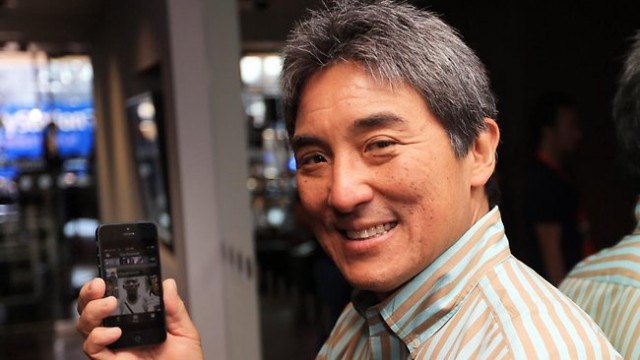







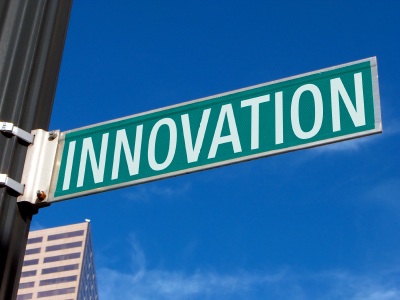


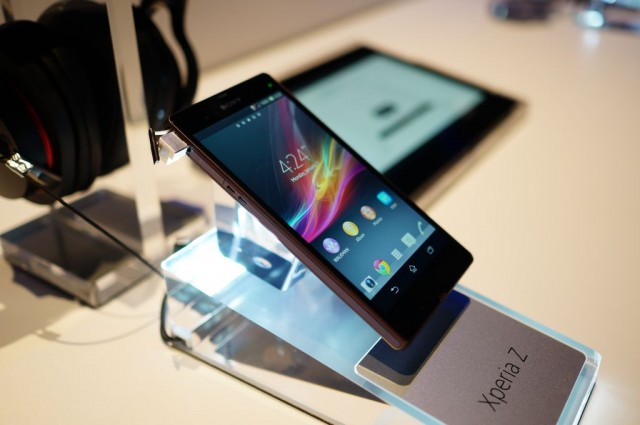

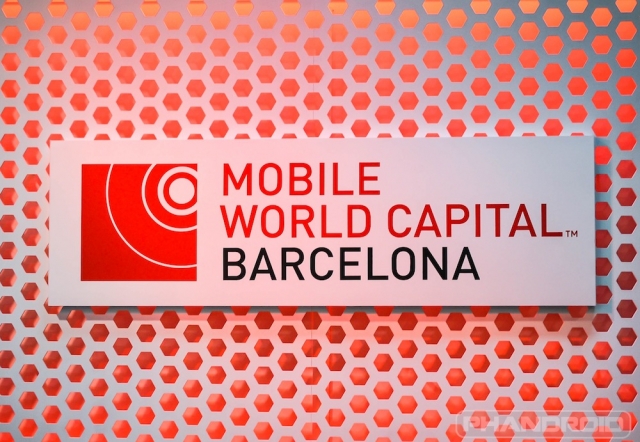
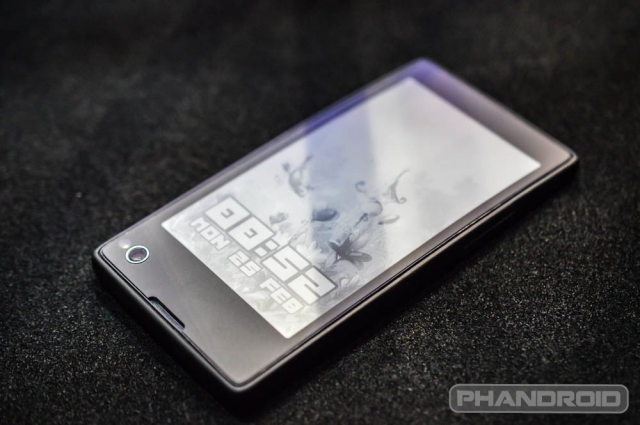

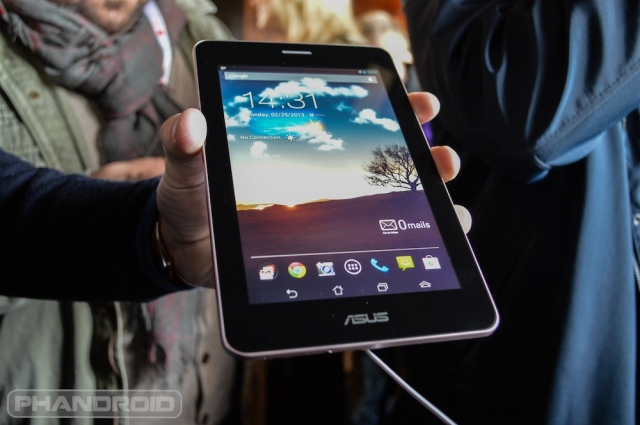
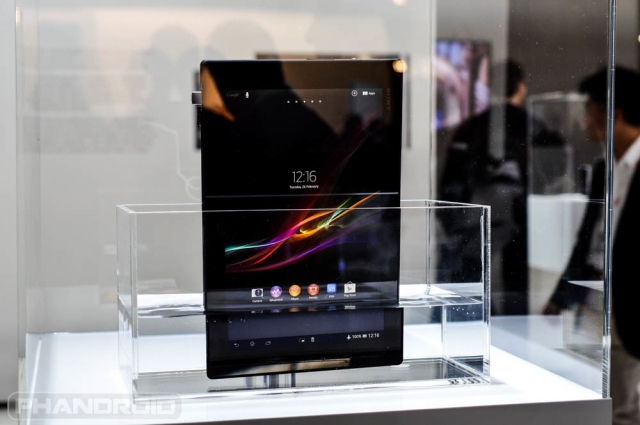
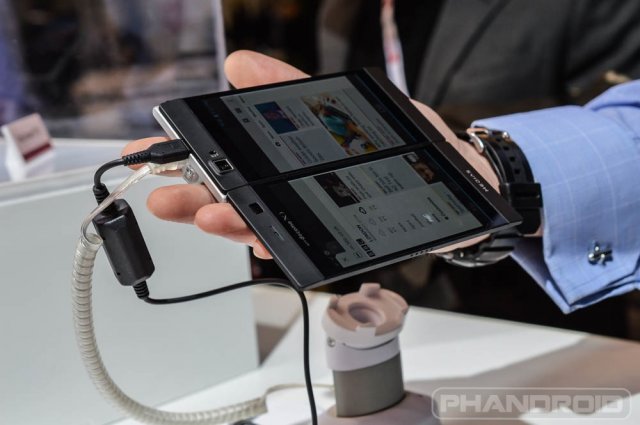


No comments:
Post a Comment